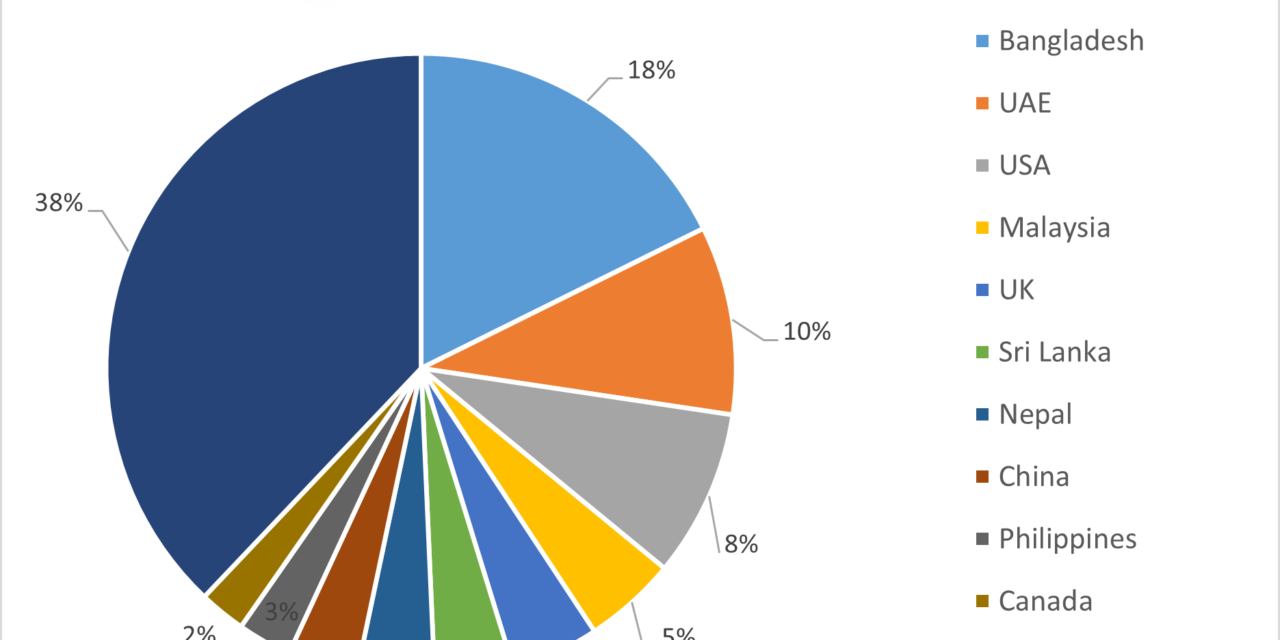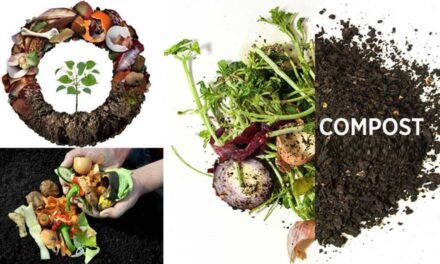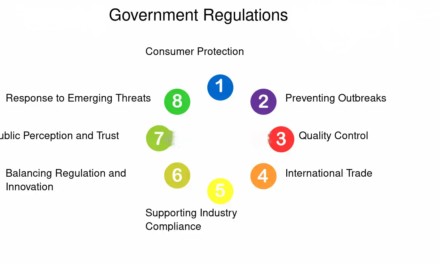The global market for fresh vegetables is vast, and several countries have established themselves as major exporters of fresh produce. Leading export markets for fresh vegetables depend on regional demand, quality standards, and logistical infrastructure. Here’s an overview of the primary export markets for fresh vegetables:
1. United States
- Overview:
- The U.S. is one of the largest markets for imported fresh vegetables due to its high consumption rates, year-round demand, and diverse culinary preferences.
- Top Suppliers:
- Mexico, Canada, and several Central American countries are the leading exporters to the U.S., supplying vegetables such as tomatoes, peppers, lettuce, cucumbers, and avocados.
- Key Vegetables:
- Tomatoes, lettuce, cucumbers, bell peppers, potatoes, onions, carrots, and broccoli.
- Trends:
- Increased demand for organic and specialty vegetables, including ethnic vegetables.
- Year-round imports, with a significant increase in demand during off-seasons for domestic production.
2. European Union (EU)
- Overview:
- The EU is a major global player in both importing and exporting fresh vegetables. Key importing countries include Germany, the Netherlands, the UK, France, and Italy.
- Top Suppliers:
- Spain, the Netherlands, and Italy are key exporters of fresh vegetables to the EU, with a focus on high-quality produce.
- Outside the EU, countries such as Morocco, Egypt, and Turkey export significant amounts of fresh vegetables to the European market.
- Key Vegetables:
- Tomatoes, lettuce, cucumbers, onions, peppers, carrots, and potatoes.
- Trends:
- The EU market has a growing demand for organic produce and sustainable farming practices.
- Imports from countries in North Africa and southern Europe peak during the off-season.
3. Middle East
- Overview:
- The Middle East is a growing market for fresh vegetables, with countries like the UAE, Saudi Arabia, and Kuwait being major importers. These regions rely heavily on imports to meet their domestic food demand due to limited local agricultural production.
- Top Suppliers:
- Egypt, Turkey, Jordan, and Morocco are major suppliers of fresh vegetables to the Middle East.
- Key Vegetables:
- Cucumbers, tomatoes, onions, peppers, and lettuce.
- Trends:
- Increased demand for high-quality, fresh vegetables, often driven by urban populations and a growing health-conscious consumer base.
- Countries like the UAE focus on sourcing vegetables with high shelf life for better transportation and storage.
4. Japan
- Overview:
- Japan is a premium market for fresh vegetables, with a strong demand for high-quality, fresh produce. The country imports a significant amount of vegetables to complement domestic production.
- Top Suppliers:
- The United States, China, and South Korea are key exporters to Japan.
- Key Vegetables:
- Lettuce, tomatoes, cucumbers, onions, and potatoes.
- Trends:
- Japan values the freshness and presentation of vegetables, with increasing demand for organic and premium-quality products.
- There is also a growing interest in non-traditional vegetables, such as leafy greens and specialty produce.
5. Canada
- Overview:
- Canada imports a wide variety of fresh vegetables to meet the needs of its population, especially during winter months when domestic production is limited.
- Top Suppliers:
- The U.S. is Canada’s largest supplier of fresh vegetables, particularly from neighboring states like California, Mexico, and Florida.
- Other suppliers include Mexico, the Netherlands, and Spain.
- Key Vegetables:
- Tomatoes, lettuce, cucumbers, peppers, potatoes, and carrots.
- Trends:
- Canada has a growing market for organic vegetables and value-added products.
- Importers often focus on sourcing vegetables with minimal pesticides, catering to health-conscious consumers.
6. Southeast Asia
- Overview:
- Southeast Asia is an emerging market for both fresh vegetables and imports. Countries such as Singapore, Thailand, and Malaysia have a strong demand for fresh produce.
- Top Suppliers:
- China, Vietnam, Thailand, and India export fresh vegetables to the region, while Australia and the U.S. also supply niche products.
- Key Vegetables:
- Lettuce, cucumbers, tomatoes, and leafy greens.
- Trends:
- Growing interest in high-quality, premium vegetables driven by expanding urban populations and health trends.
- Imports are also influenced by the high demand for Western-style vegetables and convenience products.
7. Russia
- Overview:
- Russia imports large quantities of fresh vegetables to meet the needs of its urban population, especially from neighboring countries.
- Top Suppliers:
- Kazakhstan, Belarus, Turkey, and Azerbaijan are major suppliers to Russia.
- Key Vegetables:
- Potatoes, carrots, onions, tomatoes, cucumbers, and cabbage.
- Trends:
- Imports have fluctuated due to political factors (sanctions, trade agreements), but there is a continuous demand for fresh vegetables, especially during the off-season.
- Russia also imports vegetables to meet the demands of its growing population and expanding retail markets.
8. Africa
- Overview:
- Sub-Saharan Africa has a rising demand for fresh vegetables due to urbanization, improved diets, and growing middle-class populations. While much of the region still relies on local production, international markets are gaining importance.
- Top Suppliers:
- Spain, the Netherlands, and Egypt are key exporters to North African countries like Morocco and Tunisia, while South Africa is a significant supplier within the sub-Saharan region.
- Key Vegetables:
- Tomatoes, potatoes, onions, carrots, and leafy greens.
- Trends:
- Growing demand for processed and ready-to-eat vegetables, especially in urban areas.
- Increased interest in sustainable and organic farming practices.
9. South Korea
- Overview:
- South Korea imports a wide range of fresh vegetables to meet its urban population’s demand, often from nearby countries.
- Top Suppliers:
- China, the U.S., and Japan are major exporters to South Korea.
- Key Vegetables:
- Lettuce, onions, potatoes, tomatoes, and cucumbers.
- Trends:
- Focus on high-quality, safe-to-eat vegetables with minimal chemical residues.
- There is a growing demand for organic vegetables and products that meet strict food safety standards.
10. United Kingdom
- Overview:
- The UK is a major importer of fresh vegetables, relying heavily on imports, particularly during the winter months when domestic production is limited.
- Top Suppliers:
- The Netherlands, Spain, France, and Morocco are key suppliers.
- Key Vegetables:
- Lettuce, tomatoes, carrots, cucumbers, and onions.
- Trends:
- A rising demand for organic, locally-sourced, and sustainable vegetables.
- Focus on products with extended shelf life and minimal environmental impact.
Conclusion
Leading export markets for fresh vegetables include the United States, European Union, Japan, and Middle Eastern countries, among others. These markets are driven by high demand for fresh, healthy, and high-quality produce. Emerging economies in Southeast Asia, Africa, and Russia also present growing opportunities for vegetable exporters. Each region has distinct demands, with an increasing focus on organic, sustainable, and value-added products. For vegetable growers and exporters, understanding these markets’ preferences, trends, and logistics requirements is crucial for successful international trade.
Hashtags
#SustainableAgriculture #FarmToTable #HealthyEating #FarmersMarket #OrganicProduce #FoodIndustry #ExportSuccess #FreshFood #FarmFresh #NutritiousChoices #HealthyLiving #FarmersLife #ExportingGoals #InternationalBusiness #FreshHarvest #FoodSafety #ExportStrategy #GlobalEconomy #FreshProduceMarket #ExportingSuccess









